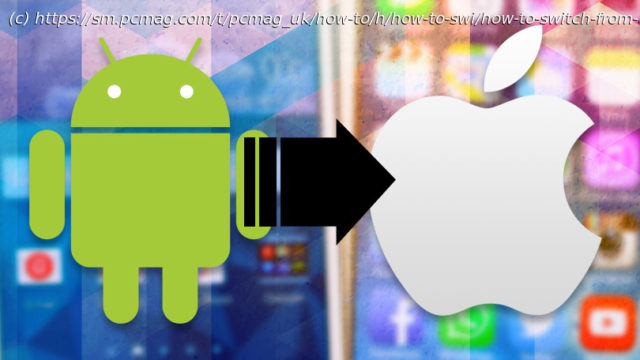Are you done with Android? Here’s how to make the switch from Android to iPhone as smooth as possible.
Early Android phones were sluggish, inelegant, and error-prone. (Trust me—I owned a few of them.) But today, that’s no longer the case—from high-end phones like the Galaxy S20 to budget standouts like the Moto G Power, Android has come a long way. It isn’t perfect, though: between software fragmentation, lackluster tech support, and the occasional security concern brought on by its more open nature, Android has its downsides just like everything else. In comparison, the iPhone has long been a shining example of beautiful software and hardware design, controlled by Apple to ensure that its devices provide as similar an experience as possible across the board. After more than a decade, the iPhone still beckons—and you have more choices than ever, from the top-tier iPhone 12 Pro Max to the 12 mini and even the budget-friendly iPhone SE. Thinking of making the move? This guide will help ensure that your transition from Android to iOS is as smooth as possible. Get Ready for Your New iPhone Before you migrate all your data, you have a choice to make: are you going to go all-in on Apple’s ecosystem, using bundled apps like Safari, Mail, and iCloud Photos for the full Apple experience? Or are you sticking to Google apps like Gmail and Google Calendar, with the iPhone as the backbone of it all? Knowing which approach you plan on taking will help you migrate your data in the most efficient way possible. Move to iOS App Apple took some of the work out of moving from Android to iOS by launching an Android app called Move to iOS. It promises to set up a direct wireless connection from your old Android (4.0 or later) to your new iPhone, and will transfer over contacts, message history, camera photos and videos, your email, and your calendar events (though you’ll need to go to Settings > Mail and re-enter your Google password for those last two to work). You will, however, have to re-download (and in some cases, re-buy) any third-party apps you used to use. Note that the Move to iOS app only works when setting up an iPhone for the first time—it’s not for transfers to an already operating iPhone. If you don’t want to reset your phone and start over, a third-party program called AnyTrans from iMobie can help. This desktop software for Windows or macOS handles a lot of functions outside of phones, like downloading YouTube videos, but it can also help with migration from Android to iOS, once both phones are plugged into the PC. iMobie claims the iOS Mover feature can migrate call logs, music, videos, ringtones, files/documents, and ebooks. Plus it gives you more control over the photos, contacts, calendars, and messages you do send to your new iPhone. Use Google’s Services(Photo by Jakub Porzycki/NurPhoto via Getty Images) If you’ve committed some or all of your digital life to Google services like Gmail, Drive, and Calendar, you don’t have to use Apple’s built-in apps for everything. All the major Google services have their own apps for the iPhone with similar, if not identical, functionality. For example, it’s a breeze to use Gmail with the dedicated Gmail app on iPhone—just download it and log in. You can use Google Calendar to keep your schedule, Google Photos for all your pictures, and so on. You could also use third-party apps for these purposes (like Microsoft Outlook for your e-mail, which is actually very good), but if you liked the way Google’s own apps worked on Android, you’ll probably like them on iOS too.






